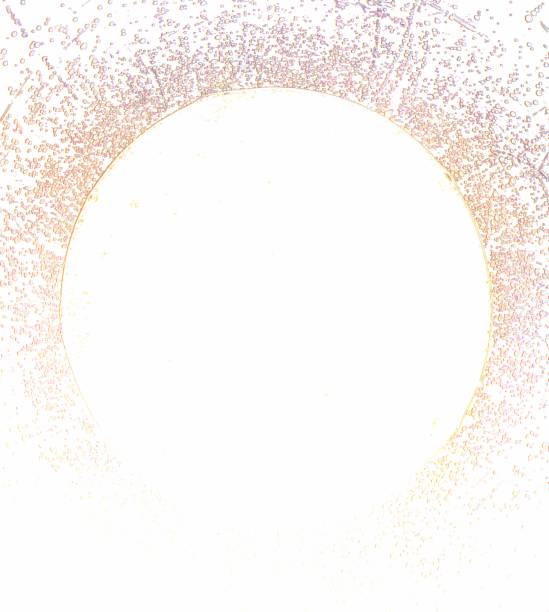Unveiling the Health Secrets of the Himalayan Salt
Nestled in the heart of the Punjab region of Pakistan, the foothills of the Himalayas are home to a pink-hued treasure—Himalayan salt. This unique form of rock salt has been harvested for centuries, its crystalline structure and attractive blush tone making it a popular ingredient in both culinary and wellness circles. But is this enchanting mineral as beneficial to our health as it is to our senses? Let's embark on a journey to uncover the truth behind the health claims surrounding Himalayan salt.

A Peek into the Past
Himalayan salt’s history dates back approximately 200 million years when tectonic plate movements led to the formation of vast salt deposits in the Himalayan foothills. The salt was later discovered by Alexander the Great’s horses, who were seen licking the mineral-rich rocks. The salt’s popularity grew over time, and by the Middle Ages, it was a highly sought-after trade commodity. Today, it’s a staple ingredient in global cuisine and a popular wellness product.
The Health Claims and Scientific Scrutiny
Himalayan salt is often touted as a healthier alternative to regular table salt. Proponents claim it contains 84 trace minerals and elements, including potassium, magnesium, and calcium, which are beneficial to human health. They also suggest that it can regulate water content in the body, promote a stable pH balance, and even improve respiratory function. However, it’s crucial to note that the scientific community’s consensus on these claims remains mixed.
While it’s true that Himalayan salt contains trace minerals, the amounts are minuscule—too small to have a significant impact on health. Furthermore, while its pink hue may indicate a slightly higher iron content, the difference compared to table salt is negligible. As for respiratory benefits, there are anecdotal reports of improved symptoms in people with asthma and allergies after using Himalayan salt lamps or visiting salt caves. However, robust scientific evidence to support these claims is currently lacking.
Striking a Balance
Despite the debate around its health claims, Himalayan salt can still play a part in a balanced diet. It provides the essential mineral sodium, which plays a critical role in maintaining fluid balance, nerve transmission, and muscle function. However, as with any salt, it should be consumed in moderation. The American Heart Association recommends limiting sodium intake to 1,500 mg per day to maintain heart health.
Himalayan Salt in the Spotlight
- Himalayan salt blocks can be used for cooking, imparting a delicate flavor to food while providing a visually stunning culinary experience.
- Himalayan salt lamps are believed to generate negative ions, potentially improving air quality and mood—though scientific evidence is limited.
- Salt therapy or halotherapy, which involves breathing in tiny salt particles, is a popular wellness practice that uses Himalayan salt.
Concluding the Himalayan Salt Saga
In conclusion, while the health benefits of Himalayan salt are still a topic of scientific debate, it’s undeniably a fascinating product with a rich history. As part of a balanced diet and a mindful lifestyle, it can add a dash of culinary novelty and a hint of wellness intrigue. As we continue on our wellness journeys, it’s essential to remember that true health arises from balanced, evidence-based practices rather than magical panaceas.




